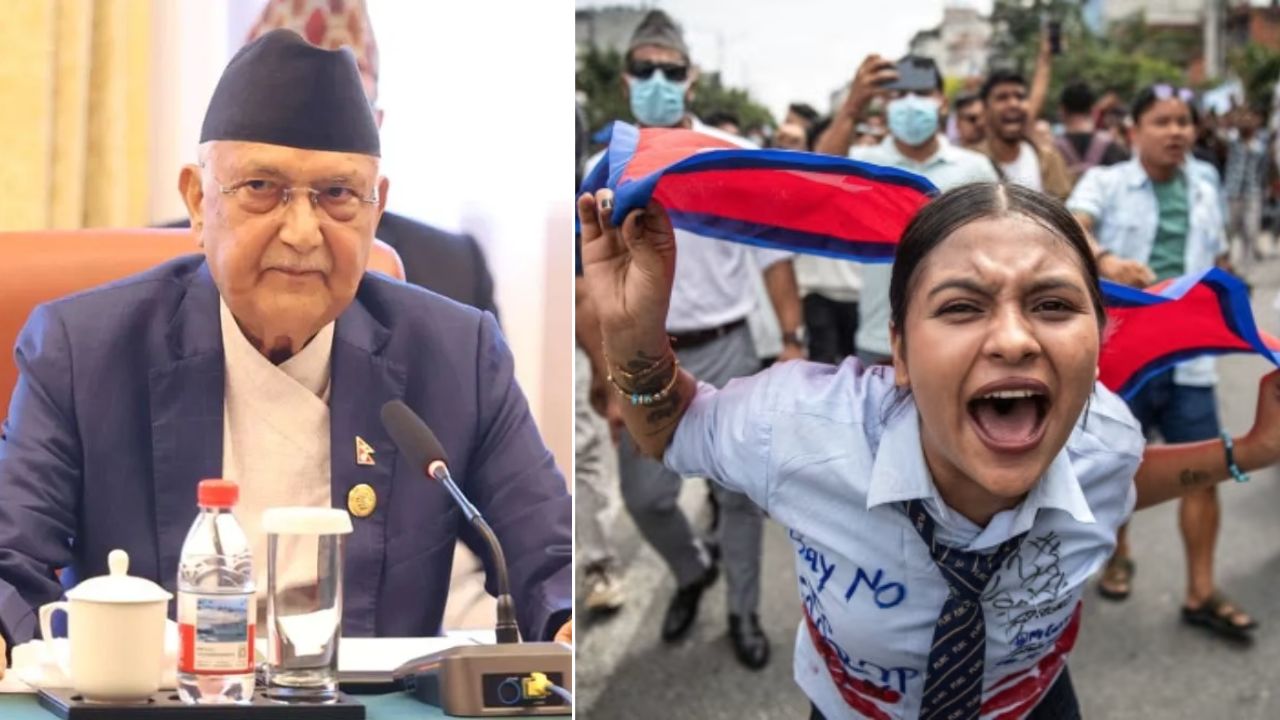 English
English

KP Sharma Oli has been a strong and polarizing face in Nepal politics. His resignation means the collapse of the existing structure of the government. This has created a vacuum in power and the search for new leadership has begun once again.

Nepal PM KP Oli resigns
Kathmandu: The resignation by Prime Minister KP Sharma Oli amid violent protests by Gen Z may have indelible impact, not only at the political level, but also at the social and institutional level, reports Dynamite News correspondent.
KP Sharma Oli has been a strong and polarizing face in Nepal politics. His resignation means the collapse of the existing structure of the government.
This has created a vacuum in power and the search for new leadership has begun once again. Power change in Nepal often gives rise to new instability, as there is more conflict than mutual cooperation among political parties.
Who is Sudan Gurung, who disrupts Nepal govt with one bold move?
KP Sharma Oli resignation can activate coalition politics to form a new power structure. In Nepal, governments in the multi-party system often rest on unstable coalitions. Now different parties can try to form alliances on their own terms, which can further increase political uncertainty. Smaller parties can play a big role in the balance of power, which can weaken the government.
India, China and other neighboring countries are also keeping an eye on Nepal's political instability. Oli was considered to be inclined towards China. His removal could start a new chapter in relations with India, or uncertainty may increase further if the new leadership does not adopt a clear foreign policy.
The government's decision banned 26 social media platforms came out like a spark that brought the youth across the country to boil. The government argued that these platforms were spreading "anti-national activities" and "misinformation", but the public considered it an attack on freedom of expression. The maximum response came from the youth, who are being called the 'Gen Z movement'.
Nepal Protest: What’s behind Nepal crisis? Five major reasons you should know
As the protests intensified, the use of force by the police and security forces also became equally harsh. Bullets were fired at many places, killing at least 19 protesters. This figure was enough to make the public feel that the government is neither listening nor agreeing.
Amidst these violent incidents and public pressure, K.P. Sharma Oli resigned from the post of PM. Along with him, Home Minister Ramesh Lekhak and two other senior ministers, heads of agriculture and communication departments also resigned. This shows the failure of the government, which destabilized the political system.
After the resignation of the Prime Minister, the caretaker government is currently handling the responsibility, but this situation cannot be permanent. Either all the parties should come together and form an all-party government, or take the country towards new elections. The public will no longer be satisfied with just a change of leadership. It wants a guarantee of transparency, accountability and freedom of expression.
Nepal Prime Minister KP Sharma Oli resigns over anti-corruption protests
Now in such a situation, Nepal stands at a critical juncture. If the political leadership learns a lesson from this crisis and works towards strengthening democratic values, then this movement can show a new path to the country's future. But if repression is chosen instead of dialogue, then Nepal can again go into the same pit of instability, from which it has been trying to get out again and again.
KP Oli's resignation is not just an incident of leaving the post, but it is also a test of Nepal's Constitution and democratic institutions. Now it has to be seen how the President, Parliament and other institutions work, whether they will lead the country towards stability with fairness and transparency, or will they entangle it further in political tug of war.
No related posts found.